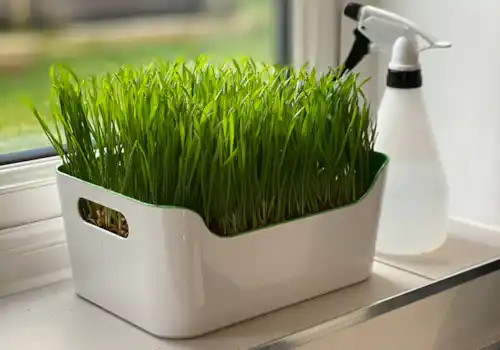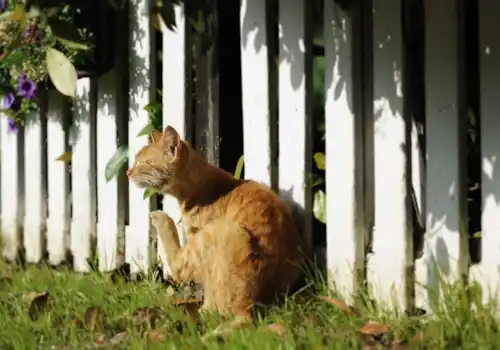New insights from Petplan reveal how our pets experience the world around them - and how we can adapt our homes to match.
By teaming up with their in-house experts, new data-led insights by Petplan reveals how our pets experience the world around them. The study revealed the small changes that can make a big difference to your dog or cat’s wellbeing – all based on how they see, smell and experience the world around them.


Photo credit: Petplan
How do our pets experience the world?
Unlike us, dogs only have two types of colour sensing receptors (we have three), so where we can see a full spectrum of colours, our furry companions can only see a limited palette of yellows and blues. Dogs are also believed to be red-green colour-blind, with these shades blending into browns and greys.
Dr Brian Faulkner comments: “Knowing this can really help owners make smarter choices – from picking out toys that stand out to wearing bright yellow or blue when out on walks or practising recall. It all helps your dog spot you quickly and easily.”
It’s a similar story for cats. Contrary to popular belief, cats cannot see in complete darkness, but due to their larger corneas their nighttime vision is eight better than a human, allowing them to detect things in low-light levels. While greens and reds are harder for cats to make out, a fast-moving object or vehicle such as the bicycle below would appear more intense. However, despite having incredible night vision, cats have a blind spot right under their chin.
Nicky Trevorrow, Behaviour Manager at Cats Protection, comments: “Knowing how your cat sees the world – including their need to be close to objects to see them clearly – helps us better understand their behaviours, from those intense stares to their sudden pounces.”
How to create a pet-friendly home?
It’s important that we take our pets into consideration when furnishing our homes, ensuring that there’s plenty of stimulants around them that cater not only to their vision, but their other senses as well.
Dr Brian Faulkner adds: “Whether it’s choosing the right coloured toys, adding comforting fabrics, or bringing natural scents and sounds indoors – these small details can make a big difference to your pet’s wellbeing.”
Here are five easy steps pet owners can take to help enrich their furry companion’s lives:
- Choose yellow and blue toys – whether it’s a yellow mouse or a blue bone, these colours are more eye-catching for our pets.
- Introduce different textures – soft blankets, scratching posts or new surfaces give pets variety and comfort appealing to their other senses. For example, a textured rug can help our pets navigate a space.
- Stimulate their heightened sense of smell - dogs are incredibly sensitive to smell – (they can pick up smells from around 12 miles away!) – and are said to enjoy scents of lavender, mint and blackberries. Meanwhile, cats are lovers of herbal scents and of course, catnip and valerian!
- Brings the outdoors in – cats and dogs love outside aromas. Leave your windows ajar to bring in the great outdoors.
- Lower the lights – dogs and cats see better in low-light conditions compared to humans, it’s worth lowering the lights when possible to help create calm surroundings.







